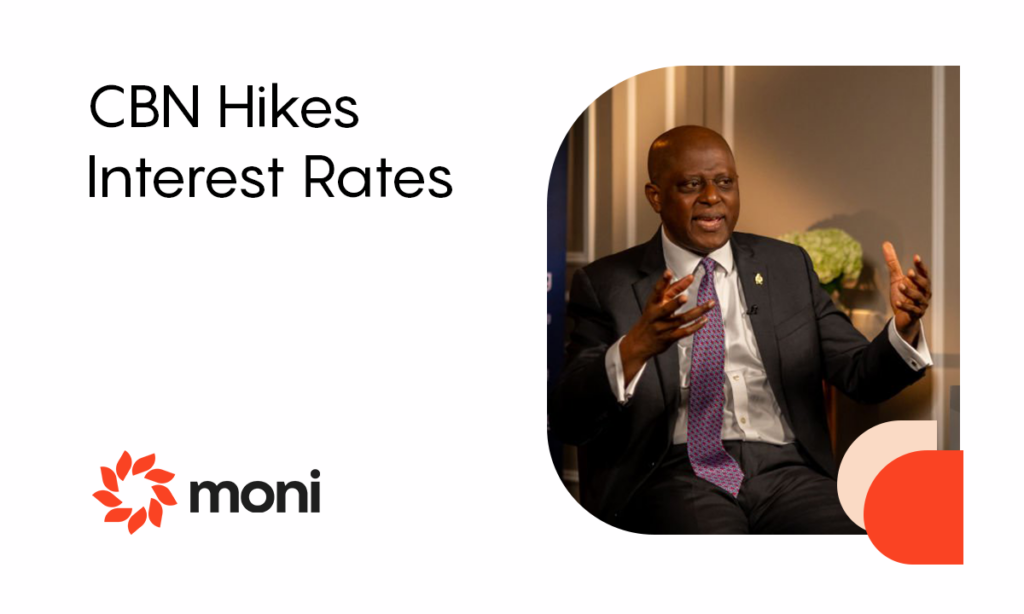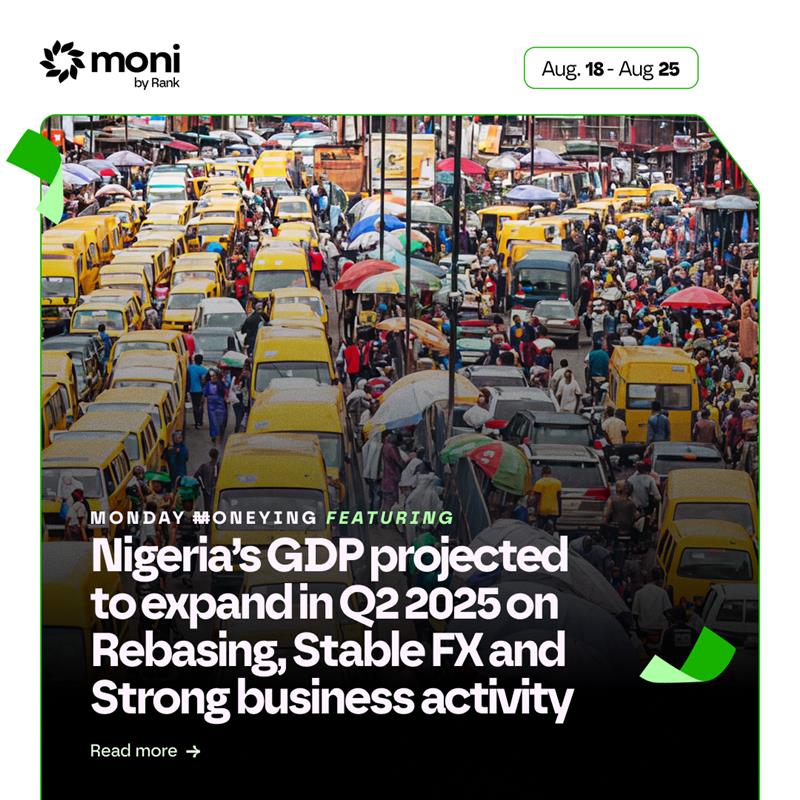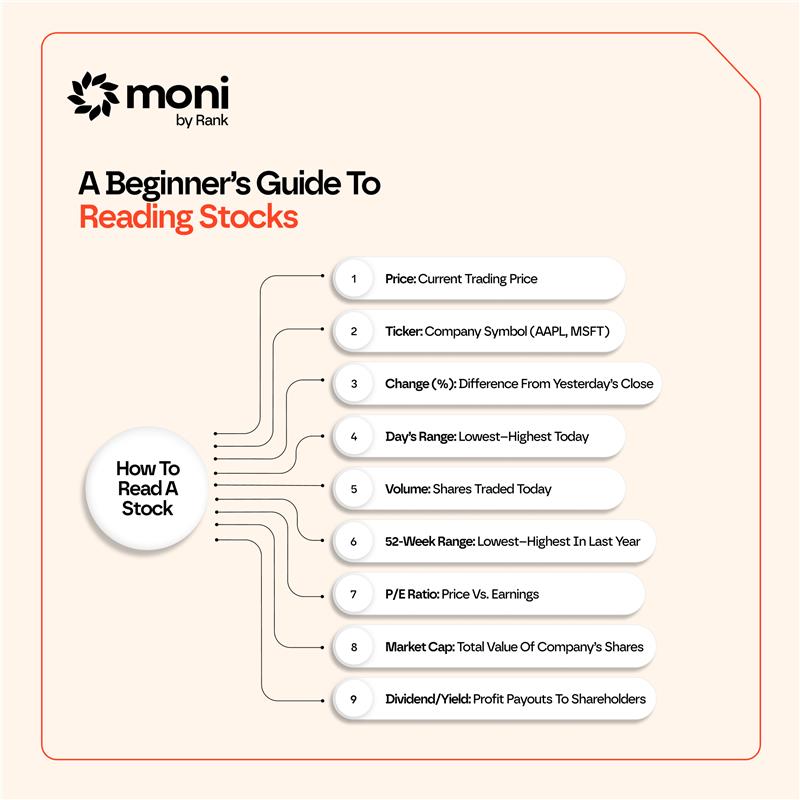
CBN Hikes Interest Rates
The MPC raised the interest rate from 26.75% to 27.25%. This will increase lending rates making it expensive for businesses and consumers to borrow. However, interest rates on savings accounts will increase.
In a bid to curtail inflation, the Monetary Policy Committee has embarked on another rate hike. After the Monetary Policy Committee Meeting ended today (24th of September), the following conclusions were reached.
- Raised monetary policy rate by +50bps to 27.25%.
- Retained the asymmetric corridor around the MPR at +500bps/-100bps
- Raised the CRR for deposit money banks by 500bps to 50.0%
- Raised the CRR for merchant banks by 200bps to 16.00%.
- Retained the liquidity ratio at 30.0%.

Monetary Policy Rate (MPR) Raised by 50bps to 27.25%
The MPR is the benchmark interest rate used by the CBN to guide lending rates across the country. By increasing it by 50 basis points (bps) to 27.25%, borrowing becomes more expensive. This discourages excessive spending and helps reduce inflation, as businesses and consumers are likely to take fewer loans.
Asymmetric Corridor Retained at +500bps/-100bps Around the MPR
The asymmetric corridor is the range within which banks can lend to or borrow from the central bank. The retention of the corridor at +500bps/-100bps means that the rates at which banks borrow from the CBN or lend to the CBN remain stable.
Cash Reserve Ratio (CRR) for Deposit Money Banks Raised by 500bps to 50.0%
The CRR is the percentage of a bank’s total deposits that must be held with the central bank as reserves. By raising it to 50.0%, deposit money banks (commercial banks) are now required to hold more money with the CBN. This reduces the amount of money available for banks to lend, limiting credit expansion and thus, reducing the inflation pressure.
CRR for Merchant Banks Raised by 200bps to 16.0%
Similarly, merchant bank’s CRR also increased to 16.0%. Like with deposit money banks, this means merchant banks will have less money to offer for loans, further tightening liquidity in the financial system.
Liquidity Ratio Retained at 30.0%
The liquidity ratio is the proportion of a bank’s assets that must be held in liquid form (cash or easily convertible assets). By keeping it at 30%, the CBN ensures banks still have sufficient liquidity to meet short-term obligations while balancing the need to rein in credit growth.
What Does This Mean for You?
For Businesses: The increase in the MPR will. Those with existing loans linked to the MPR may see their loan interest rates rise, while businesses looking to take on new loans might face more stringent terms. This could lead to a slowdown in expansion plans or investments, especially for small and medium-sized enterprises (SMEs), which typically rely on credit for growth.
For Individuals: On a personal level, consumers might experience higher interest rates on loans, including mortgages, car loans, and personal loans. However, those with savings in deposit accounts may benefit from slightly higher interest returns as banks adjust their deposit rates to reflect the higher MPR.



